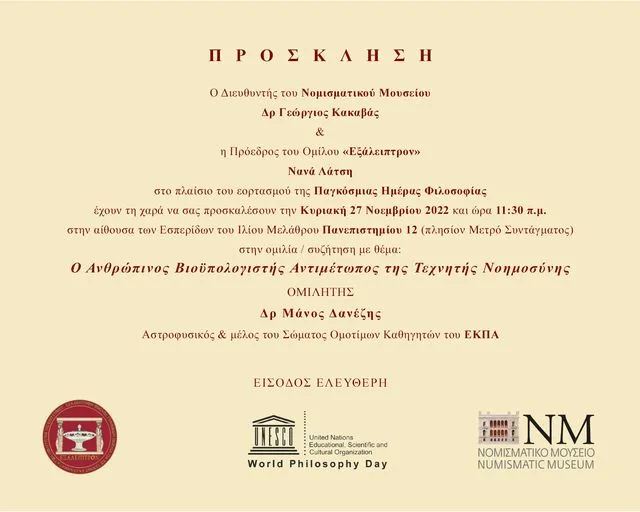GENERATION OF TANGO – FIRST PERIOD (1900-1915)
Tango’s genesis is defined around 1880, in the Rio de La Plata region of Buenos Aires. The prevailing view is that Tango is an alloy of many different rhythms, including the Spanish-Cuban habanera rhythm, the Milonga of the Argentine countryside, the Negro candombe dance and the Andalusian Tangos.
Tango although born to express the desperate feelings of the outcasts of society is in addition to grief, nostalgia, insecurity, passion for a better life and despair is music, it is dance, it is singing. In the history of each of these three elements it sometimes had greater and sometimes less weight.
In the first period of Tango, which is bounded between 1900-1915, the joyful rhythms prevail, such as the rhythm of Milonga (El Choclo, the first Tango milonga by Angel Villoldo), the dance was intense and sensual. We meet mainly orchestral and less sung Tangos.
SECOND PERIOD – THE TANGO SINGLE (1917-1935)
During the second period of Tango (1917-1935), several changes take place, since the slang of the port and the outlaws, as well as the provocative and sensual movements of dance are not accepted by the middle class, plus the emergence of Bandoneon, Tango’s predominant musical instrument, plus the spread of Tango in Paris and Europe, but also throughout the world , the need arises for the existence of a tango music market and its recording.
First of all, the dance becomes more decent and comes second to the song, it is the time when the singers are created – stars with Carlos Gardel, whose persona touched on hyperbole, when you consider the lack of today’s media, and occupy the Tango scene, which was not particularly pleasant for the dancers of that time. In the mid-1920s to the mid-1930s, dancing in Buenos Aires became less popular than singing.
THE GOLD PERIOD OF TANGO’ (1935-1955)
The ’40s generation begins in 1935 with a new approach to Tango. In 1935, a year coinciding with two events of extremely high importance, the first is the death of Carlos Gardel and the second debut of Juan D’Arrinzo’s orchestra in the cabaret “Chantecler”, begins the so-called golden period of Tango, which ends with the fall of Peron in 1955.
During this period all elements of Tango were in perfect harmony. The musicians played for the dancers, the singers sang and joined the orchestra, unlike the previous period, where the singers dominated. The existence of many large and exceptional orchestras was an inspiration for the evolution of dance and led to a fruitful competition, which catapulted music to its peak.
At this point it should be noted that Tango managed to overcome the crisis, not only thanks to its adaptability and J’s inspiration. D’Arrinzo, but also in its support of the Peron regime which made it a national product for political reasons.
CRISE PERIOD, TANGO SIOPS, TANGO NUEVO (1955-1983)
Tango’s substantial period of crisis begins with the fall of Peron in 1955.
Tango was persecuted by the military dictatorships that followed. The number of 600 orchestras that existed under Peron’s rule is falling dramatically, particularly during argentina’s toughest dictatorship since its payment, the Videla dictatorship in 1974. Thousands of arrests, imprisonments and disappearances of dissidents.
Tango musicians and creators, regardless of political beliefs, are forced to leave the country. Most of the self-exiled refugees flee to Paris, where they refer to Tango’s roots, as homesickness, grief and the pain of forced abandonment are born.
Tango is politicized and becomes an instrument of an opposition that wants to act vigorously in the change of society.
Music now plays the dominant role, singing and dancing are second to none and the influence of jazz leads to the genesis of Tango Nuevo with Astor Piazzolla as its main representative.
Astor Piazzolla was both loved and highly criticized by his compatriots, who, with frequent attacks, accused him of destroying Tango and that his music was not Tango. His claim took too long to come, as did the claim of Tango Nuevo in Argentina. He defended himself by claiming that for @quot?tango was always for ears rather than feet.”
THE REVIEW OF TANGO
The fall of the military junta in Argentina in 1983 led to the rebirth of Tango in Buenos Aires. Testimonies of that time record that the atmosphere was very strange. People woke up as if from deep lethargy and wanted to move quickly and immediately.
Everyone attended Yoga classes, martial arts classes, dance lessons.
Currently, dance comes back to the fore, defined mainly by complex steps and deep emotions. One of the most important teachers of this era was Antonio Todaro, an extremely inspiring dancer of the old generation. His technique and his steps were an inspiration to the greatest professional teachers and dancers of our days.
They recovered and gave birth to other dance styles inspired by tango’s golden age.
By Hera Tsavdara – Source: The History of Tango – RAMNOUSIA















